Are feature phones becoming extinct?
The advent of technology is amazing to observe. From AMPS (1G) to GSM (2G), then to UMTS (3G), HSPA (3.5G), and LTE (4G), mobile communication has gone from basic calling to texting to multimedia to internet and finally to always-on data. If you look at mobile handsets, you will notice that they have evolved a long way from being basic phone call devices to being really powerful pocket computers. In this post, we’ll discuss about feature phones and their fate in the wake of low-cost smartphones.
What is a feature phone?
Some of you might ask, what is a feature phone? Put simply, a feature phone is a phone that is neither a dumb (or basic) phone nor a smartphone. It has more features than a phone that can be used to just call and text but still limited in capabilities in comparison to a smartphone. A feature phone has basic multimedia and internet capabilities and can have also touch screens and access to social media apps (.i.e, has several features over a basic phone). Good examples of modern feature phones are the low-end Samsung phones or the Microsoft (formerly Nokia) Asha series.
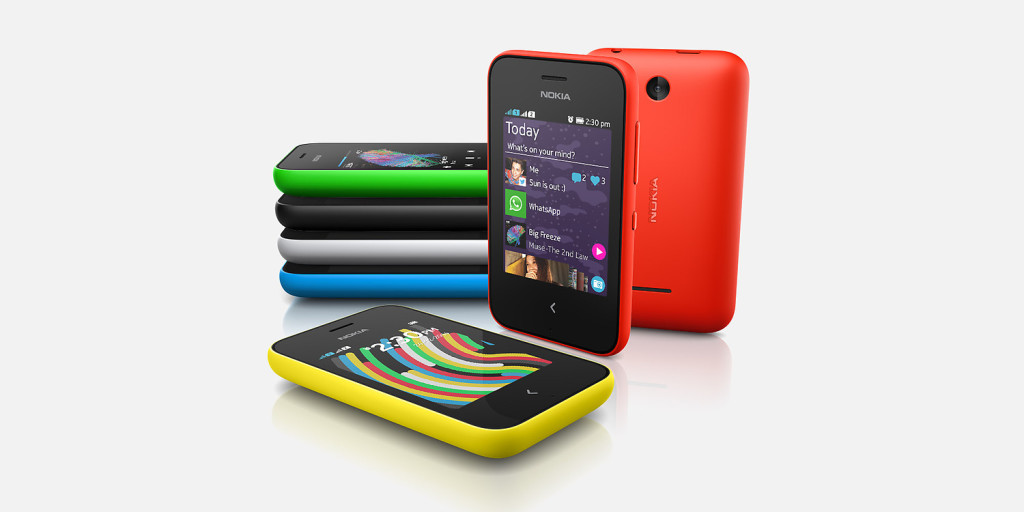
Some phones of the yesteryears like the legendary Moto Razr or the Moto Rokr can also be classified as feature phones.
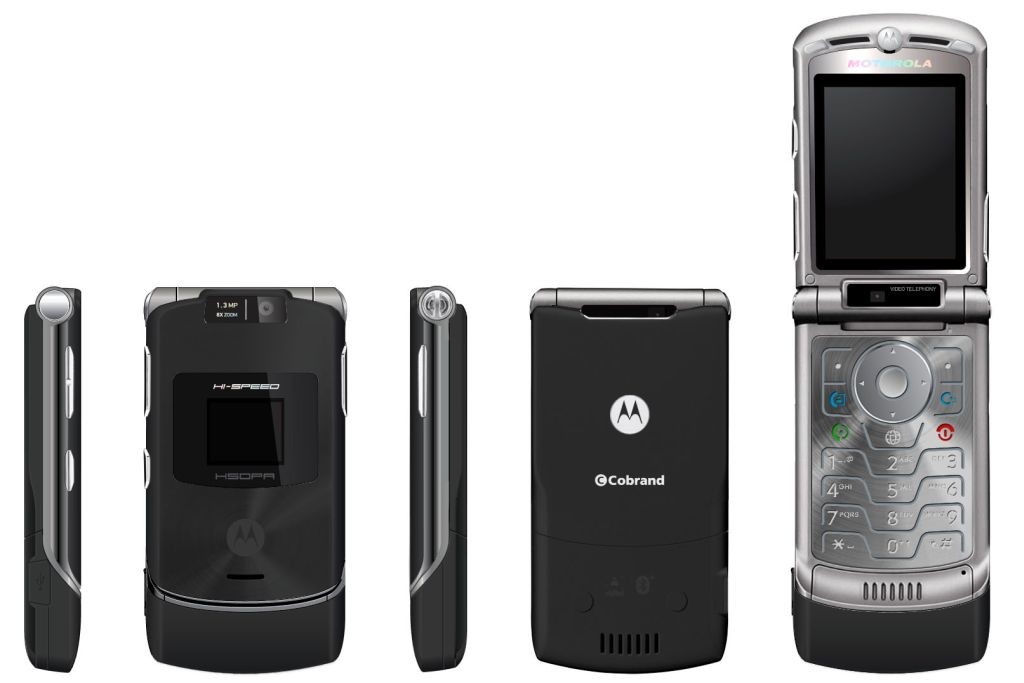
Why a feature phone?
Feature phones have evolved at a time when the cellphone revolution was going on and phones were becoming more and more affordable. There was a time when smartphones and PDAs were expensive to manufacture and were sold at high prices making them prohibitive to most users. Feature phones bridged that gap by being simpler and cheaper while providing most of the functionality provided by the smartphones back then. Today’s smartphones are faster, have more memory, have better network support, have better battery life and are more comfortable to use. It doesn’t need to be mentioned that they are extremely cheap now. In all respects, owning a smartphone makes better sense in today’s perspective. However, feature phones have their own benefits:
- Emerging markets and poorer nations will find a feature phone more practical.
- Simpler, easier and cheaper to manufacture and mass produce and has lesser patent problems.
- Feature phones are rugged and sustain rough use because of their simpler design, and serve as a good secondary or backup phone.
- Their cheaper cost makes them easier for cellular operators to bundle them while selling new cellphone contracts or connections.
- Some people, especially of the older generation, prefer feature phones over smartphones because they are averse to change or newer technology.
- Some feature phones have extremely great battery life, ranging upto a month or two on a full charge.
Dwindling feature phone sales?
The smartphone boom started to kick in and around 2011, or that is when I think when most people began to swap their feature handsets for smartphones. iPhones and Android devices contributed a lot in this change by providing a better smartphone experience and an unified app store, replacing old smartphones like Nokia Symbian and Blackberry. Low cost smartphones became commonplace around the year 2013, as a Gartner study states that smartphone sales have surpassed feature phone sales for the first time in 2013 by claiming a 57.6% share in the sales of all mobile phones. Even in budget-conscious markets like India, feature phones sales have begun to dip for the first time in September 2013 as reported by Economic Times.
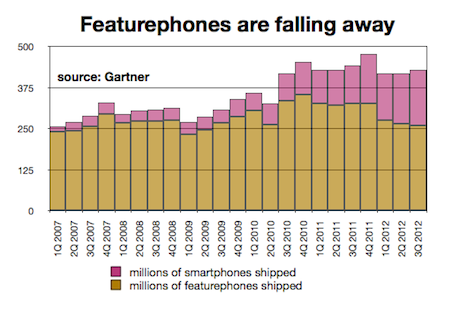
The impact of low cost smartphones are being felt everywhere. Motorola Mobility alone has sold 6.5 million units worldwide, with 2.5 million in India itself in the year 2014, thanks to their low cost smartphones like the Moto G and Moto E.
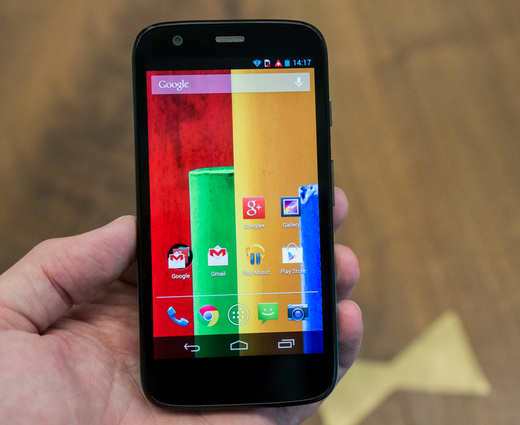
People are willing to spend a little more for the ease of a smartphone and to enjoy the benefits of always-on connectivity via 3G/4G or WiFi and the infinitely many things you can do with it, like check mails, play games, respond to social network events, view and sharing documents and media like you would do on a laptop or PC and the additional feature additions that come by installing new apps or software updates. Things that matter, and things you cannot get out of a feature phone.
Is this the end?
The question we finally come to is, is it the end for feature phones? Smartphones are finally taking over the low-end market segment. The ruggedness and simplicity of feature phones are being brought into low-cost smartphones. Low-cost smartphones now have less moving physical parts (read less buttons) and some even come with scratch-proof and drop-proof Gorilla Glass. Better GUI makes them even easier to use and sometimes more intuitive than keypad/keyboard phones. Smartphones are also better equipped to take advantage of today’s and tomorrow’s telecommunication and computing needs, making feature phones more or less irrelevant.
So it is really the end? If you ask me, then I’d say it isn’t the end, but the beginning of the end. Feature phones are here to stay for another decade because they have special use cases, as they make ideal devices for the older generation or in places where smartphone use is considered a security threat. Emerging markets in Africa are also more likely to be feature phone users because of their low per capita income. However, I can safely say that feature phones will only stay as long as 2G networks stay, because beyond 2G it makes no sense to own a feature phone handset. They will be phased out as CDs have phased out audio tapes and gramophones.
By the way, if you are seeking to buy a cellphone, whether its a smartphone or feature phone, you can always check Latest Mobile Phones price list at Youtellme.com.
What do you feel about the fate of feature phones? Let us know by commenting right away.

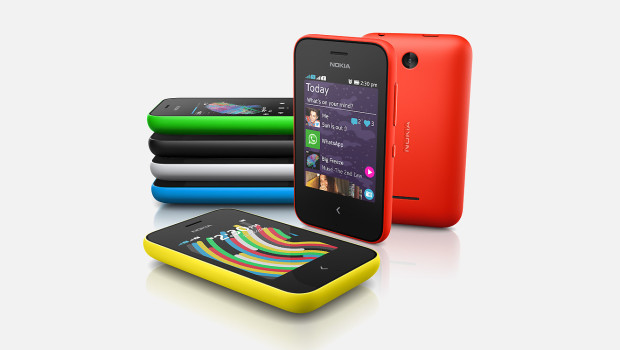

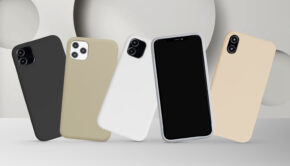

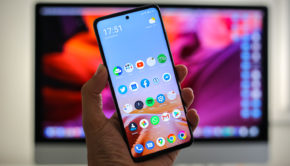
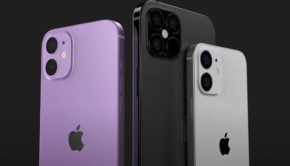




![Armco in Formula 1 [Infographic]](https://technofaq.org/wp-content/uploads/2017/05/Armco-in-F1-150x150.png)




